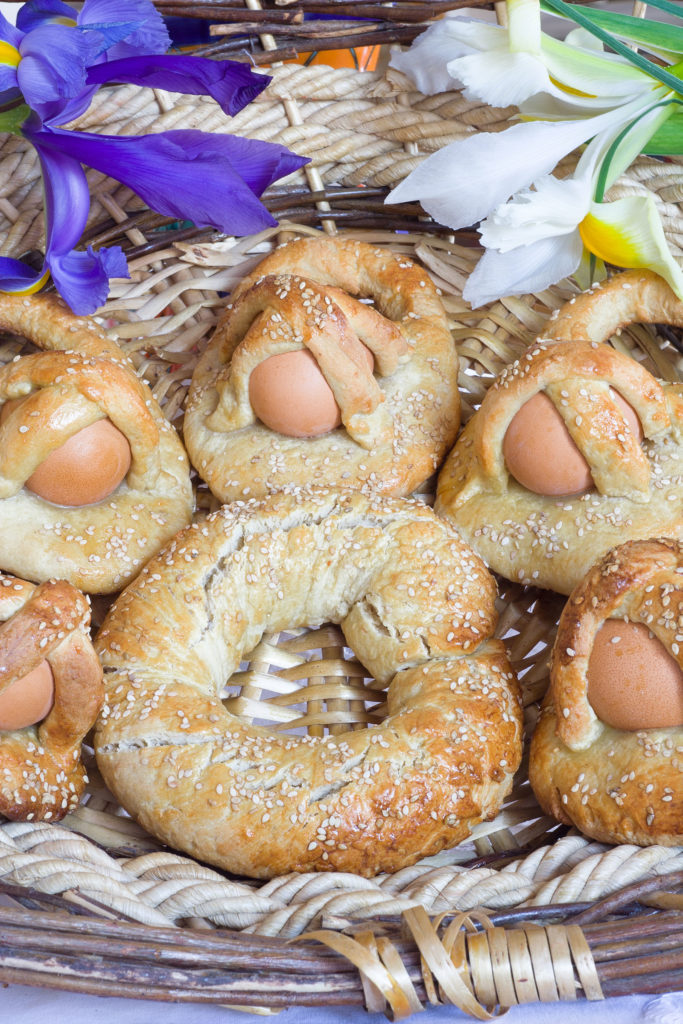These large bread doughnuts come from the ancient peasant civilisation.
Their origin is linked to the harvest period which coincides with the feast of St. Paul. Cuddure are votive loaves decorated with snakes in relief.
They are blessed and sold in the pronaos of the church of San Paolo.
For centuries, on the third day of the feast, carts with bread decorated with ears of corn have paraded through the streets of the entire town.

During the celebrations for St. Paul, every 29th June, the patron saint’s statue is taken out of the church, announced by firecrackers and a cascade of colourful paper strips launched from the bell tower by cannons.
These paper strips are the ‘nzareddi. As they flutter through the air and fall to the ground in the square, they create wonderful, colourful scenographic effects.